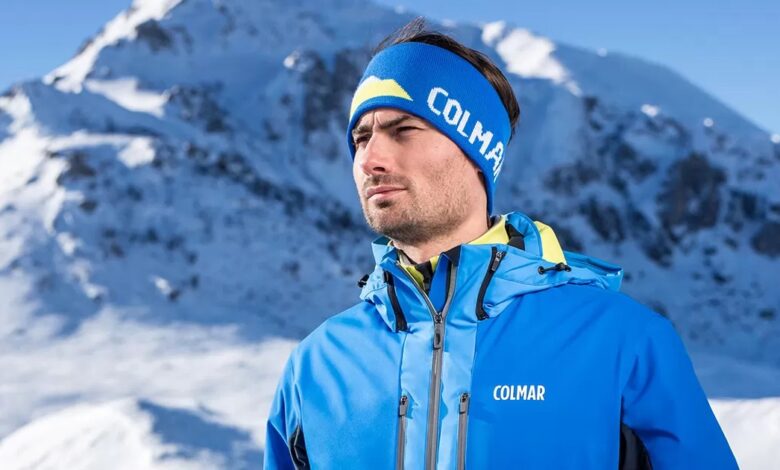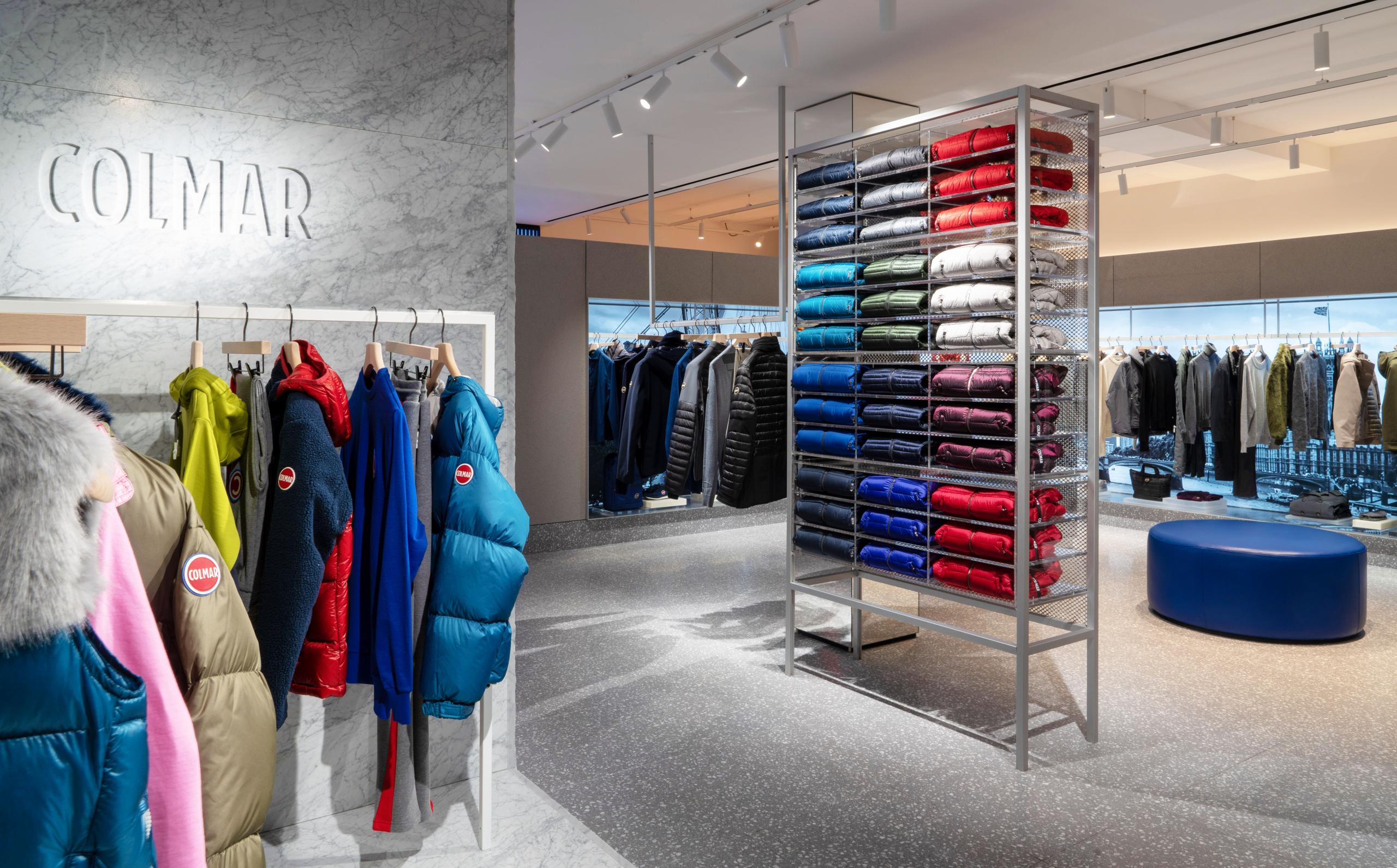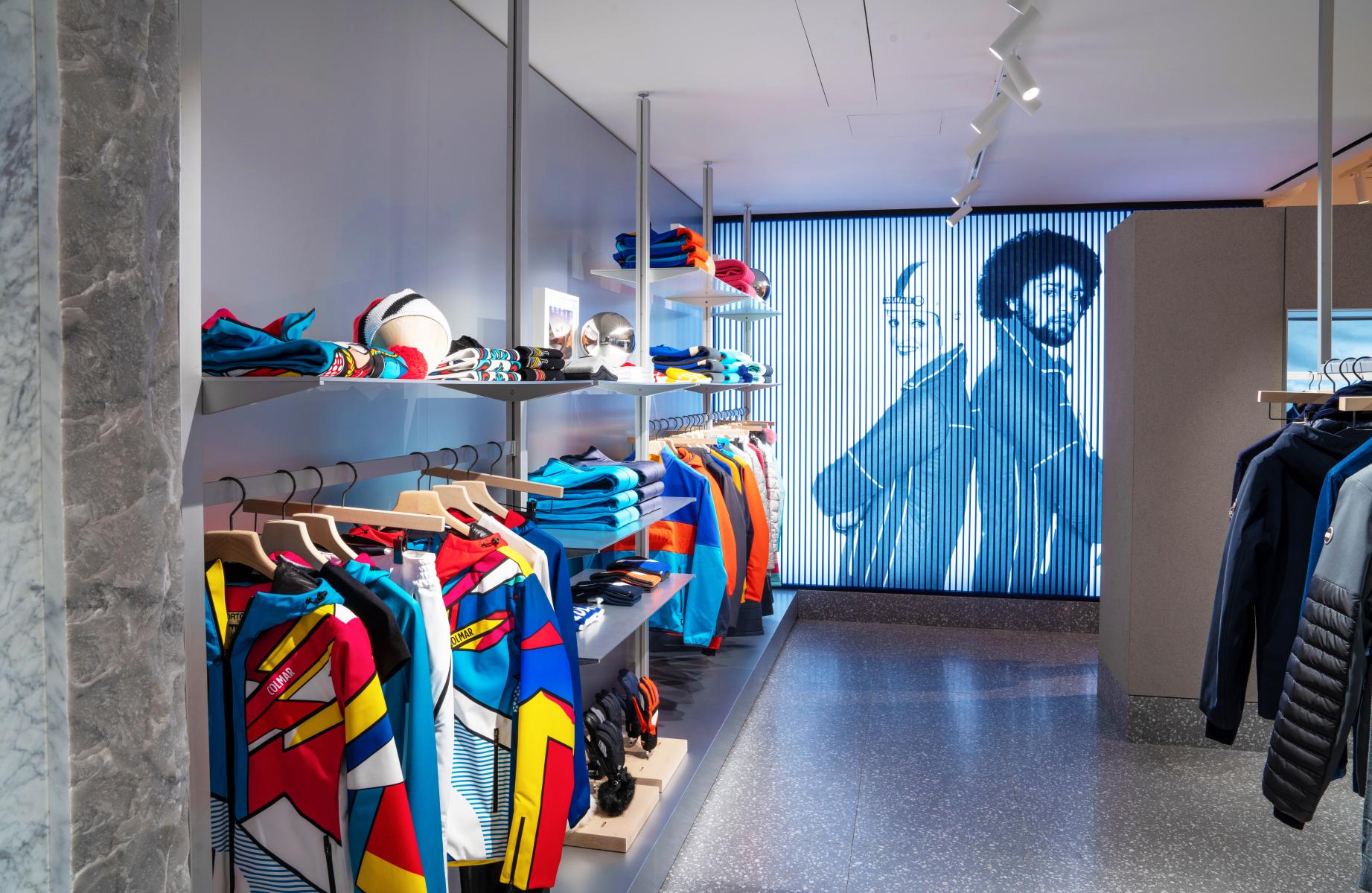The Evolution of Colmar

The Italian brand Colmar has been producing high-quality ski clothing since the early 1950s. However, in recent decades, the brand has evolved significantly to keep up with changing fashion trends. In this blog post, we will take a look at the evolution of Colmar, from its origins as a functional ski clothing brand to its current position as a fashion brand.
Early Days: Ski Clothing
Colmar was founded in 1923 in the city of Monza, near Milan. However, it wasn’t until the early 1950s that the brand began producing ski clothing. At that time, skiing was a relatively new sport in Europe, and there was a growing demand for functional and durable clothing for skiers.

Colmar quickly established itself as a leader in the industry, producing high-quality ski jackets, pants, and other clothing. Initially, the brand’s focus was solely on function: the clothes were designed to keep skiers warm and dry even in the most challenging conditions. However, even in those early years, Colmar’s designs were known for their clean lines and understated elegance.
Expansion into Fashion
In the 1980s, Colmar began to expand beyond ski clothing and into the world of fashion. This was partly a response to changing trends in the fashion industry— as casual clothing became more popular, there was less demand for traditional ski wear. However, it was also a strategic move by Colmar to diversify its product range and attract a broader customer base.
The brand’s first foray into fashion was a collection of sportswear that combined the functional features of ski clothing with a more casual style. This proved to be a success, and soon Colmar produced a range of clothing that included everything from jackets and pants to sweaters and T-shirts.
One of the key features of Colmar’s fashion range was the use of high-quality materials by the brand. Even in its fashion clothing, Colmar continued to prioritize durability and functionality, using fabrics designed to last and perform well in a variety of conditions.

Fashion Collaborations
In recent years, Colmar has further expanded its fashion offering through a series of high-profile collaborations with designers and other brands. This has allowed the brand to tap into a new audience and showcase its versatility and adaptability.
One of the most significant collaborations was with Japanese designer Junya Watanabe, who created a capsule collection for Colmar in 2010. The collection featured innovative fabrics and designs, including a reversible down jacket and a jacket made entirely from recycled materials.
More recently, Colmar has collaborated with a range of streetwear brands, including Off-White and Fragment Design. These collaborations have helped bring Colmar to a younger and more fashion-conscious audience and solidified the brand’s position as a leader in the crossover between fashion and function.
The Future of Colmar
Looking to the future, it’s clear that Colmar will continue to evolve and adapt to changing fashion trends. The brand has a strong heritage and a reputation for quality, which will undoubtedly remain a fundamental part of its identity. However, as the fashion industry continues to change and evolve, we can expect to see Colmar continue to experiment with new fabrics, designs, and collaborations.

In particular, we can expect to see the brand continue to explore sustainable and eco-friendly materials and production methods. The brand has already taken steps in this direction, including the use of recycled materials in some of its collections. As consumers become more conscious of the environmental impact of their clothing choices, this will undoubtedly be an area of interest for Colmar in the years to come.




